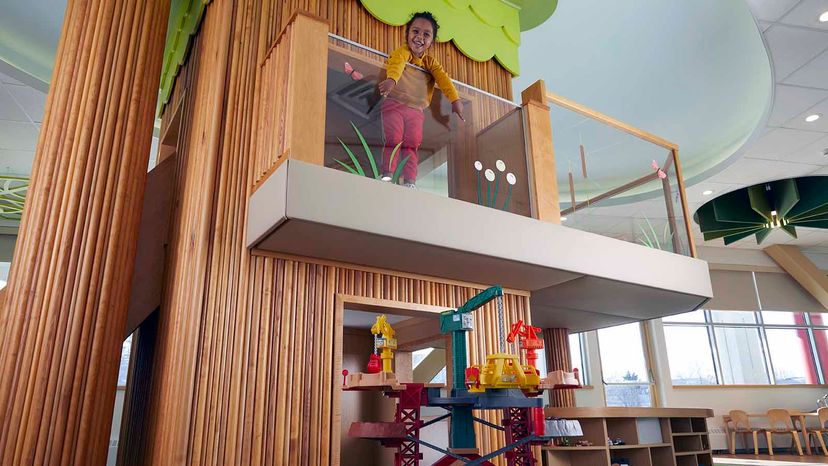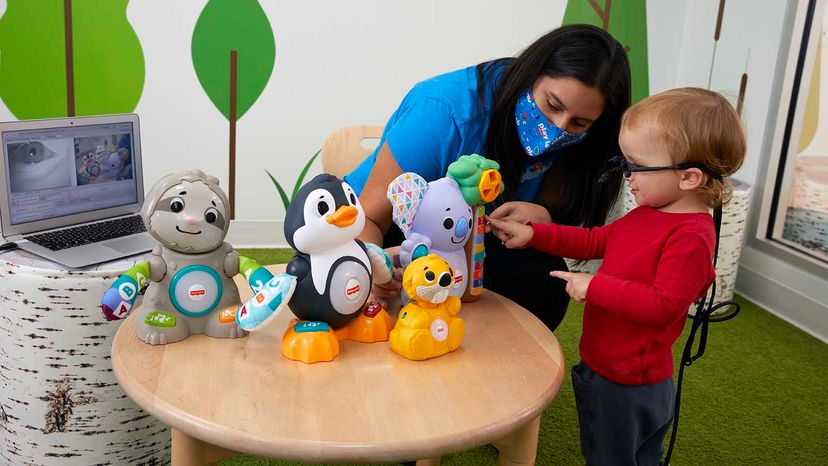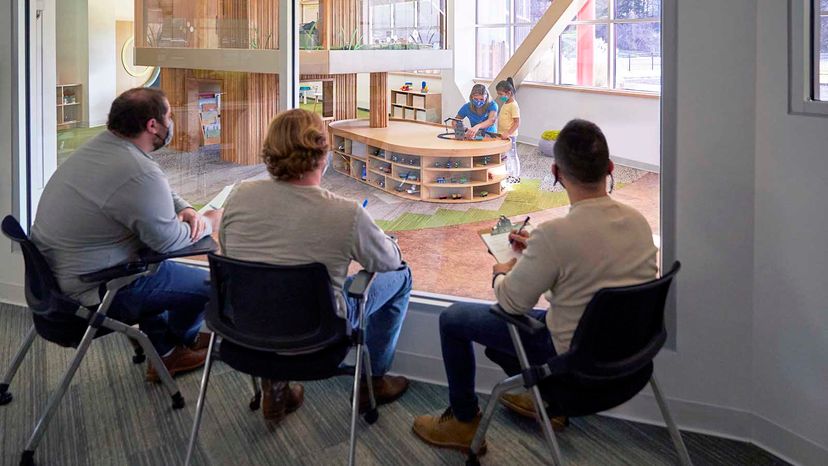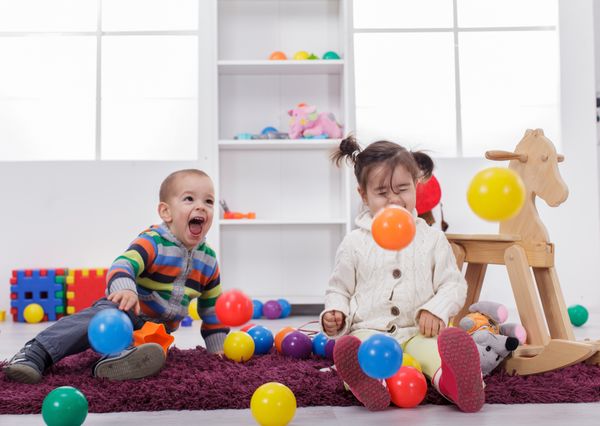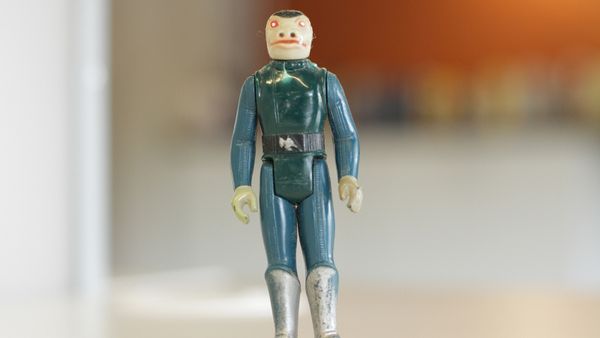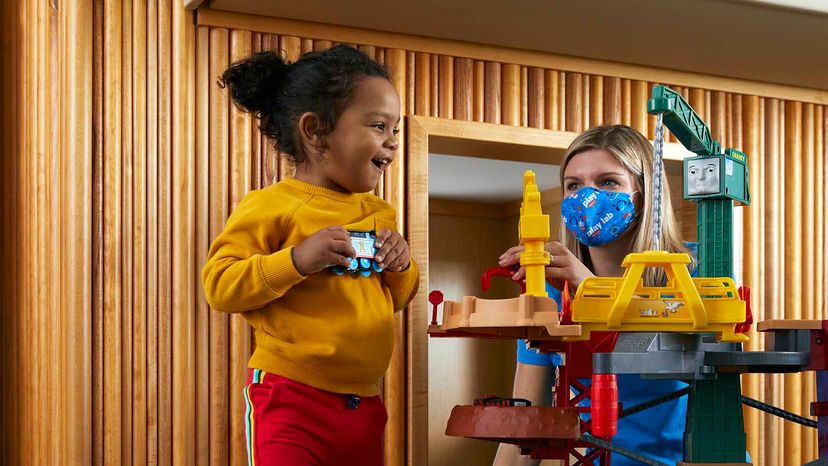
Ever wonder what makes a good toy? So did Herman Fisher, whoco-founded Fisher-Price Toy Companyin East Aurora, New York in 1930. The son of a preschool teacher, Fisher made a practice of observing kids playing with toys so he couldfine-tune the toysand see firsthand how kids reacted to his changes.
In 1961, he formalized this practice by creating an on-site Children's Research Center. It was the first facility of its kind in the toy industry, and it remains in operation today as the Fisher-Price Play Lab in East Aurora.
Advertisement
"The Play Lab is the heart of development for Fisher-Price," saysLisa Lohiser, Ed.D., manager of early childhood development research at Fisher-Price.
Each year, more than 2,800 children and 1,800 parents volunteer their time to play with new toy concepts orreimagined classics.Meanwhile child development experts look on to find what kinds of toys spark fun, prompt learning or enhance mental health.
“我们的目标发挥实验室的每一个玩具或婴儿通用电气ar item or content that we put out there is to provide the best possible play experience for the families that they're intended for," Lohiser says.
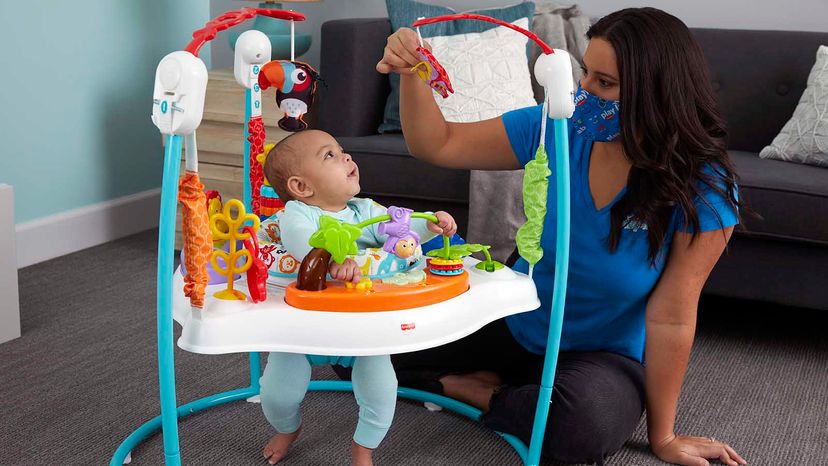
Advertisement
